News
My Bloody Valentine: Interview with Director George Mihalka
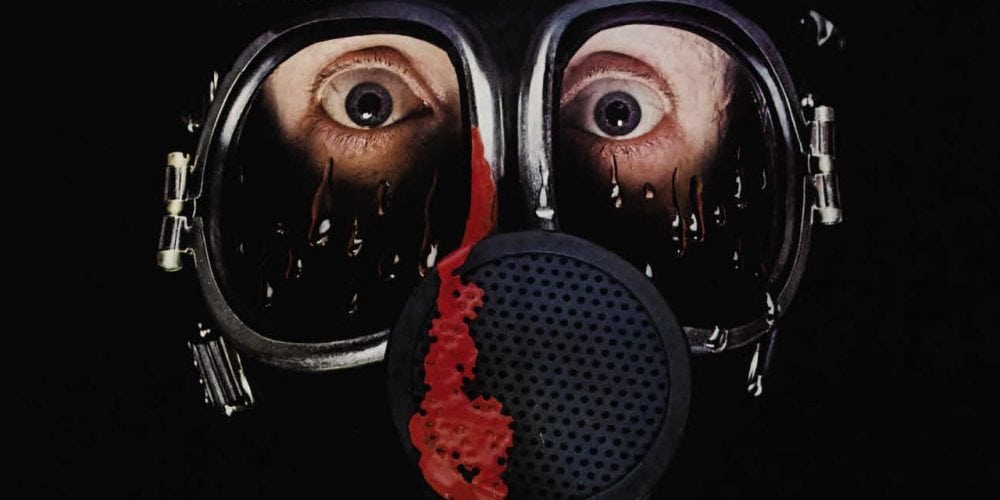
I recently had the opportunity to speak with George Mihalka, director of 1981’s My Bloody Valentine, to talk about the challenges he faced while making the film, what makes horror fans so fantastic, and why the film is still politically and socially relevant.
I know that you had filmed My Bloody Valentine in an actual mine in Nova Scotia, what were the challenges of filming in that location?
Oh, everything. Everybody obviously loved the idea of shooting in a mine and we found this fabulous mine that had just closed 6 months before in Sydney Mines, Nova Scotia. It still looked exactly like a working mine, and they were thinking of turning it into a mining museum, so it was perfect for us. Once we decided we were going to shoot there, the first really interesting adventure was that the lovely people of Sydney Mines decided that the mine looked way too dirty. So we went back to the producers in Montreal with the pictures and everything to say, this is it, make the deal. We came back 3 weeks later to find out that the lovely townspeople and the mine management had decided that they were going to repaint it for us. They made it so perfectly clean and brand new that it ended up looking like a Walt Disney set.
Part of the whole appeal of the mine was that they had that really rustic aesthetic to begin with, right?
Exactly, we needed a working mine. We started off by almost being $50K over-budget before we even started because we had to hire every possible local painter and fly in a crew of scenic painters to repaint the mine to make it look like it was old. Then we found out the specific problems, one of which was that coal mines – open coal faces – produce methane gas. Methane gas is highly flammable and can explode off a spark. So two things happened there; one was that we found out we can’t use regular movie lights because they’re prone to sparking. We had to use only safety lamps and the smallest possible UV lights which were about 25 watts. Even now, if you use a 25 watt bulb, you’re gonna use it as decoration on the side table. It’s not exactly a reading lamp.
Right.

So, that created a great deal of technical challenges for us. We were one of the first films to use a digital light reader because we were working with light sources that were so small that the usual analog light meters weren’t sensitive enough to pick up the differences. Obviously the other big challenge was the ventilation shaft to draw out the methane gas. At least once a week we got evacuated because the methane gas buildup was too great, and on top of that, we were working over 900 feet underground every day. If you’ve seen the movie, you’ve seen the elevators that they used, and those were really the only fast access for cast and crew to get into the mines, and those would only hold about 20 people at a time. It would take about 15-20 min to get down, it was very slow. So obviously, it took us forever to get the crew down to start working, so when we had to break for lunch – along with union rules – we had to break 30-40min early just to get everybody up on time, and then the same thing going back. So an hour lunch took close to 3 hours. And then before you had to wrap, instead of being able to say, we’re working until 6, we’d have to stop at 5 just to get everybody up on time. So those were serious logistical challenges we had to face.
Absolutely
The challenges were there every day. Most of those tunnels you couldn’t even stand up properly. People were walking hunched over, and with the lack of fresh air down there, it was just exhaustion. So all of those contributes to a pretty physically and logistically difficult shoot. But we were young enough that we just didn’t care. We said “nothing’s going to get in our way”
Were any of the cast or crew scared or nervous to work in the mine?
Not really, we had all the cast and crew out there early enough that everyone got acclimatized. We had rehearsals down there, we had miners who worked there take the guys down there and explain to them how to walk, how to talk, how to move and how to be comfortable down there. They were young enough and enthusiastic enough to want to make a good film so we really didn’t have anything but the best morale. I think the oldest person on set was 30 years old. So, jokingly, some of the veterans in Montreal used to call us “The Childrens Army” (laughs). We were fearless.

I imagine you would have to be, there was such a fast turnaround as it was kind of in the height of the holiday horror with Black Christmas, Friday the 13th, Halloween, Mother’s Day, all around that time, so from what I understand there was kind of a strict timeline to get it out in time for Valentine’s Day.
Unfortunately there was a health issue with the writer of the screenplay and the producer realized that there was no way on earth that we could get the screenplay ready in time to shoot. The problem was that this film had to be in 12,000 theatres across America for Feb 14th and basically in mid-July we had one page. So being young and fearless I said, why not? Sure, quite a challenge. The writer on standby was going to be flying in from LA to start working on a full-blown story, and once it was written we’d start looking for locations and work on the logistics. We were kind of prepping at the same time that we were writing. Basically my prep was to approve the mine and then come back with specifics for which we could write the horror scenes. We had kind of joked that it was The Deer Hunter of horror movies because it was all about small town working class and not about horny teenagers getting killed. There was going to be social commentary about loss of work; it was the beginning of the Rust Belt in North America, people were losing their jobs left right and center. What we didn’t know was how we could make the kills fit to what was available to us. So when I came back after the first draft was written, I would say “okay there’s a changing room here and in the shower they don’t have shower heads, they just had pinched, sharp metal pipes, so here somebody could be shoved against that”. Or they had this kind of industrial kitchen in the union hall so we could boil somebody’s face because they had these big huge pots in there.
So it was basically working with what you had.
Yeah, so we found all the interesting spots in the mine and then wrote the specifics of the kills around them. The next obvious challenge was we had to go there and shoot and come back and have the picture edited and ready by the end of January because it would take close to 3 weeks for the labs to print copies of the film. So by the time we finished shooting, which was I think the first week in November, we basically went into 7 days a week, 18 hour days of editing. The caveat was that if we couldn’t deliver by the third week of January, then the deal was off.
Yikes.
So that was basically the rush. They knew that Halloween 2 and Friday the 13th were coming out so they wanted to beat them to the punch. Originally the working title of the film was called The Secret, because we didn’t want somebody else to quickly do a cheap, two-week shoot knockoff using our title. The cast and crew had no idea that it was going to be called My Bloody Valentine. The problems started to come in early January because the negatives for the film had to be cut by hand, which was a two-week process. We needed to get to the MPAA because we needed to have a rating and the system was very strict. So while we were doing the sound mixing and the editing, we sent the editor down with a duplicate copy of the finished work edit to get our rating. At which point, we were told don’t even bother because this film was going to be X rated and there’s just no way you’ll be able to show this movie. So that caused a big panic. If we were going to get an X rating, we were maybe going to be able to play it at 100 theaters in North America which generally played porn in those days.

Now, with the MPAA ratings, there was a lot cut out from the death scenes…
Every death scene was basically cut to almost nothing. One death scene was totally cut out altogether. They’d cut out a frame or two and then we’d have to go back. Once you cut a negative, the two frames that are now glued together – from one shot to the next – cannot be pulled apart ever again without destroying it.
So you’ve got to really be confident in those cuts.
We were basically editing and re-negative cutting each day as we’d get the call from LA saying “they want four more frames here and three more frames there”, so even though they asked us to cut out five frames, now they want another ten. Jokingly, I called it the Death of a Thousand Cuts. By the time we actually ended up getting our rating, the only way we could get it was by actually cutting out most of the graphic elements of the kills.
Was there anything that you really loved that didn’t make the cut?
Just about every one of them. We worked really hard on that, it was our goal and our producers goal to create never-before-seen, state-of-the-art special effects. Close to a third of the budget for the film went into special effects. Most of them were done in – what was unheard of at the time – one shot. Generally what would happen in movies like Halloween, Friday the 13th and Black Christmas, which were probably the big ones before us, you’d always see the weapon in the villain’s hand, and the villain raises the weapon, and swings it towards the camera. And then you cut to the other person and generally see the knife already embedded in the other person with blood coming out, right?
Right, yeah.
In ours, we were doing all these things in one shot. So, when the pick-axe hits somebody under the chin, in the same shot the eyeball would pop out and the pick-axe would come through
Oh I love that bit!
That’s an engineering feat. It’s all the timing and engineering and retractable blade that goes back into the pick-axe and leaves blood on the chin. At the same time, the special effects guy who’s put full makeup on that actor presses a button and that makes that fake eyeball pop out with the tip of the pick-axe coming out the eye socket.
(Laughs) Right.

So what would happen, is they’d say “well cut out three frames of that”, well if you cut out three frames of that, we’ve got nothing to cut back to. So we had to figure it out through some outtakes. Luckily enough, even though I was young, I was experienced enough to know that there were times when I would end up saying “Just in case, let me shoot this”. So we’d have to go back into that and find a place that we could do sound editing to match that movement. It’s a true compliment to the editors, the writing, the actors and the atmosphere, and maybe a little bit of my direction, that even with all the cuts, the film still worked. It’s still considered a cult classic.
The practical effects that survived are so creative. I think my two favorites were ones you had mentioned – the human shower head and the pick-axe surprise. I had read that Thomas Burman’s makeup effects were so gory that one of them actually made you throw up? Can I guess? Was it Hap’s eyeball or maybe Mabel in the dryer?
No, that’s an urban myth. (Laughs) I think what really happened was I made retching sounds as a compliment to Tom, and I think maybe someone who was a distant observer saw me go (sounds of retching and gasping) and thought “Oh my god”. But I didn’t really correct that for many years because it shows how good it was.
There’s such a specific tone to the film explored through the visuals and sound; each death has its own tonal, musical and focus shift. Where did that idea come from?
It was something that Paul Zaza and I discussed, I really enjoyed Paul’s work. It was basically very simple, we wanted sort of a country-and-western feel from everything that was coming from the radio to create that kind of a rural atmosphere. The actual unifying soundtrack was all country-western music, but we could stray from that with the orchestral and atmospheric music to enhance each of those suspense moments. So then we just let Paul go. For the audience, each death gives you a different mood, it’s not repeating itself.

Tarantino has stated that My Bloody Valentine is his favorite slasher film, and it has a huge cult following, did you have any idea what the impact would be when you were making it?
No. None whatsoever. Like I said, we all walked in with that kind of young cocky attitude that we’re going to make The Deer Hunter of horror movies. Literally we just thought, we’re going to do something that’s going to set it apart from every other horror film. And I guess in that sense we succeeded, because after all these years, it still stands alone in its look and style. We tried to pull a lot of the other tropes out of there too; usually the fat guy is the object of ridicule or the mascot character, but here we gave the fat guy one of the hottest girlfriends and he was the wise leader. So we tried to turn some of the tropes and cliches around, and at the same time, give these people more humanity.
A bit more depth.
Yeah. One of the things that – I find – loses credibility in any horror film is where the defenseless female victim decides to go and explore the deep dark basement without backup. So we made sure those things didn’t happen. In a sense, one of the most powerful people in the film is Sarah. By the time she finishes, she’s got this leather belt around her and she almost looks like a warrior. She actually saved the hero, as opposed to being a scared girl running away who is just lucky enough to survive. Our heroine actually stands up to it.
Sarah kind of defies all those terrible habits you see in horror movies.
Yeah
Going back to what you had said about My Bloody Valentine being The Deer Hunter of horror films, there are those themes of a lack of work and safety concerns. We’re now seeing more of a focus on class struggle in modern horror. At the risk of getting too political, do you think that we’ll see that trend growing with everything that’s been going on recently?
I hope so. It was important to me at the time and it still is. To me, it was almost the revenge of the working class against uncaring and heartless management. The reason Harry Warden originally did what he did was not because of Valentine’s Day, but because the managers decided to not care about the safety of their workers.
Right, which ended up getting them killed.
So the whole tragedy happened for one reason, and that reason was that the management didn’t care about the conditions. It’s buried within the plot, but when you scratch the surface, that was it. There was an issue of economic downturn, being stuck in a job where you don’t know whether it’s going to be there next year or not. That was the time when young people from manufacturing towns were all abandoning their places, it was the start of these towns that were basically left destitute. And then the culture shock made a lot of them come back very disillusioned because they weren’t prepared. The whole undertone with TJ is that he left and ends up coming back with his tail between his legs because he couldn’t make it out west. He was a fish out of water there.

I think that there’s also a struggle with recent graduates finding sustainable work that’s definitely still relevant now
Yeah, it was relevant then and it’s become relevant again. I think that’s one of the reasons that the film holds up. I just saw the film recently with an audience, and what surprised me is that strangely enough, it doesn’t look dated. It looks like a film that could have been shot last year as a period piece. The language, the attitudes, don’t feel like they come out of the early 80s as much.
Now, I had heard that there were – for a while there – some plans for a sequel, is that something I can still look forward to?
There’s been discussions recently, I’m actively working on a concept for a potential sequel. Whether it will happen or not is a good guess on anyone’s part. But the remake, interestingly enough, brought as much – if not more – attention to the original as it did the remake, which was quite an honor. One of the things I find so interesting about the horror audience is that they’re probably the last of the cinephiles. When a horror fan finds out that there’s a remake, they’ll go and search out the original first.
Oh absolutely. We like to do our research!
Exactly! There’s an incredible devotion and most horror fans I know – the true horror fans – will actually analyze and discuss movies in a highly intellectual and knowledgeable way that is usually the domain of film critics in any other genre.
It’s that whole idea of going back to the original source material.
That’s right. So in that sense, like we were saying, it’s been kind of a surprise. In the mid 90s, by the time the film should have been totally forgotten, a punk band in Ireland decided to name themselves after My Bloody Valentine. They were huge, and all of a sudden, fans who weren’t even born when the film was first released are looking up the movie, so that brought in a whole new generation. And then 15 years later, the remake brings in a whole new generation again.
It’s kind of timeless, you can keep going back to it over and over again.
There’s enough subtle details and things to discover. Some of the lines and some of the foreshadowing that pass you by the first viewing, you catch a little bit later. When I was making the film, part of it was adding some of those subtle layers in there. Obviously, I was very blessed that we had such a good screenwriter working for us who delivered that kind of material so that we could make those layers happen.
I think My Bloody Valentine is still finding a new audience. Between the remake, film festivals and other theatrical viewings, it keeps coming back, which is absolutely fantastic.
Oh absolutely. Right now, it’s playing at the Royal (in Toronto) and there’s a huge Anti-Valentine’s Day Party at Club Absinthe on February 14th where it will be playing on television sets all through the party. Gary Pullin will be there to sign copies of his new poster design.
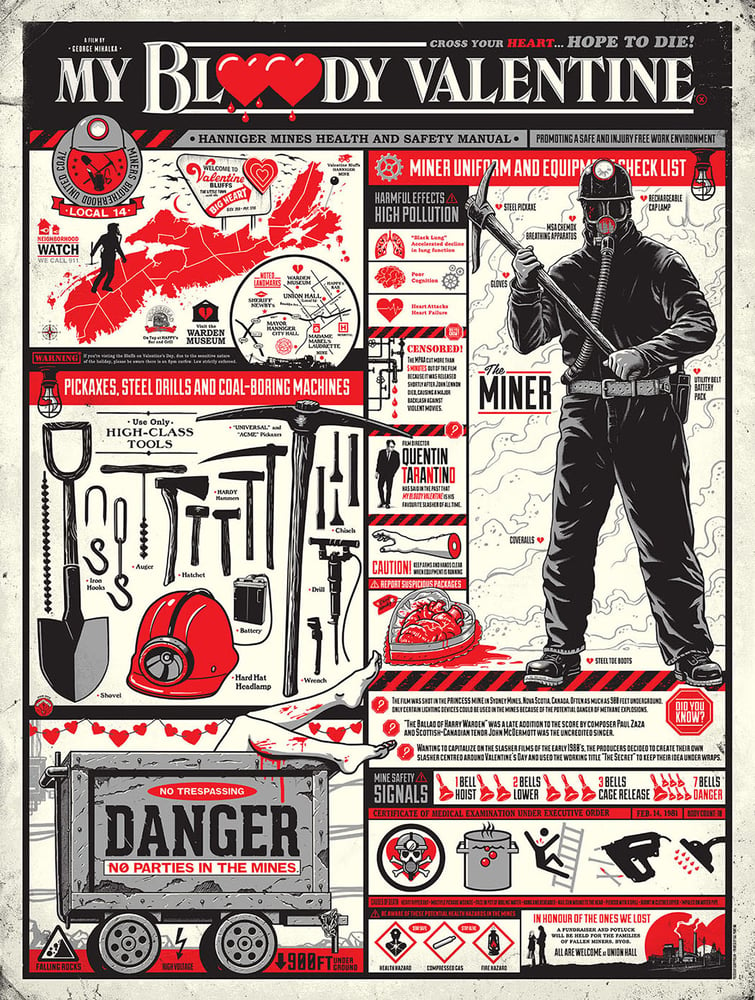
Want more holiday horror for your bloody valentine? Click here to check out Great Horror Films for Singles on Valentine’s Day or Click here for 8 Awesome Slasher Movies from the 80s!
Listen to the 'Eye On Horror Podcast'

News
Brad Dourif Says He’s Retiring Except For One Important Role
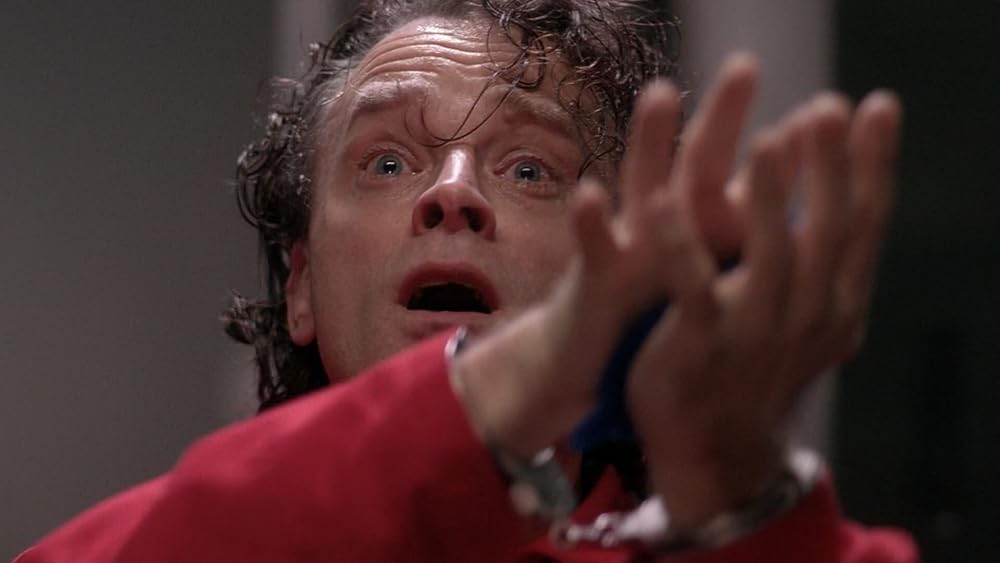
Brad Dourif has been doing movies for nearly 50 years. Now it seems he is walking away from the industry at 74 to enjoy his golden years. Except, there is a caveat.
Recently, digital entertainment publication JoBlo’s Tyler Nichols talked to some of the Chucky television series cast members. During the interview, Dourif made an announcement.
“Dourif said that he’s retired from acting,” says Nichols. “The only reason he came back for the show was because of his daughter Fiona and he considers Chucky creator Don Mancini to be family. But for non-Chucky stuff, he considers himself retired.”
Dourif has voiced the possessed doll since 1988 (minus the 2019 reboot). The original movie “Child’s Play” has become such a cult classic it’s at the top of some people’s best chillers of all time. Chucky himself is ingrained in pop culture history much like Frankenstein or Jason Voorhees.
While Dourif may be known for his famous voiceover, he is also an Oscar-nominated actor for his part in One Flew Over the Cuckoo’s Nest. Another famous horror role is The Gemini Killer in William Peter Blatty’s Exorcist III. And who can forget Betazoid Lon Suder in Star Trek: Voyager?
The good news is that Don Mancini is already pitching a concept for season four of Chucky which might also include a feature-length movie with a series tie-in. So, Although Dourif says he is retiring from the industry, ironically he is Chucky’s friend till the end.
Listen to the 'Eye On Horror Podcast'
Editorial
7 Great ‘Scream’ Fan Films & Shorts Worth a Watch
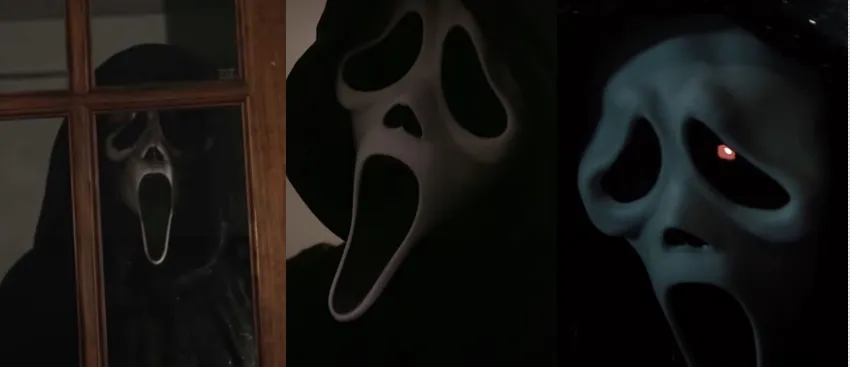
The Scream franchise is such an iconic series, that many budding filmmakers take inspiration from it and make their own sequels or, at least, build upon the original universe created by screenwriter Kevin Williamson. YouTube is the perfect medium to showcase these talents (and budgets) with fan-made homages with their own personal twists.
The great thing about Ghostface is that he can appear anywhere, in any town, he just needs the signature mask, knife, and unhinged motive. Thanks to Fair Use laws it’s possible to expand upon Wes Craven’s creation by simply getting a group of young adults together and killing them off one by one. Oh, and don’t forget the twist. You’ll notice that Roger Jackson’s famous Ghostface voice is uncanny valley, but you get the gist.
We have gathered five fan films/shorts related to Scream that we thought were pretty good. Although they can’t possibly match the beats of a $33 million blockbuster, they get by on what they have. But who needs money? If you’re talented and motivated anything is possible as proven by these filmmakers who are well on their way to the big leagues.
Take a look at the below films and let us know what you think. And while you’re at it, leave these young filmmakers a thumbs up, or leave them a comment to encourage them to create more films. Besides, where else are you going to see Ghostface vs. a Katana all set to a hip-hop soundtrack?
Scream Live (2023)
Ghostface (2021)
Ghost Face (2023)
Don’t Scream (2022)
Scream: A Fan Film (2023)
The Scream (2023)
A Scream Fan Film (2023)
Listen to the 'Eye On Horror Podcast'
Movies
Another Creepy Spider Movie Hits Shudder This Month
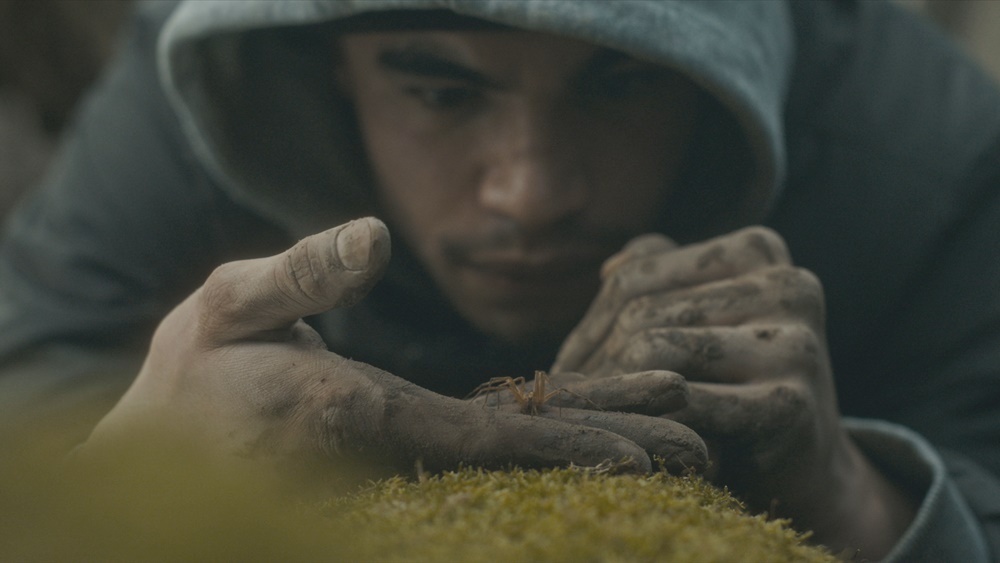
Good spider films are a theme this year. First, we had Sting and then there was Infested. The former is still in theaters and the latter is coming to Shudder starting April 26.
Infested has been getting some good reviews. People are saying that it’s not only a great creature feature but also a social commentary on racism in France.
According to IMDb: Writer/director Sébastien Vanicek was looking for ideas around the discrimination faced by black and Arab-looking people in France, and that led him to spiders, which are rarely welcome in homes; whenever they’re spotted, they’re swatted. As everyone in the story (people and spiders) is treated like vermin by society, the title came to him naturally.
Shudder has become the gold standard for streaming horror content. Since 2016, the service has been offering fans an expansive library of genre movies. in 2017, they began to stream exclusive content.
Since then Shudder has become a powerhouse in the film festival circuit, buying distribution rights to movies, or just producing some of their own. Just like Netflix, they give a film a short theatrical run before adding it to their library exclusively for subscribers.
Late Night With the Devil is a great example. It was released theatrically on March 22 and will begin streaming on the platform starting April 19.
While not getting the same buzz as Late Night, Infested is a festival favorite and many have said if you suffer from arachnophobia, you might want to take heed before watching it.
According to the synopsis, our main character, Kalib is turning 30 and dealing with some family issues. “He’s fighting with his sister over an inheritance and has cut ties with his best friend. Fascinated by exotic animals, he finds a venomous spider in a shop and brings it back to his apartment. It only takes a moment for the spider to escape and reproduce, turning the whole building into a dreadful web trap. The only option for Kaleb and his friends is to find a way out and survive.”
The film will be available to watch on Shudder starting April 26.
Listen to the 'Eye On Horror Podcast'
-
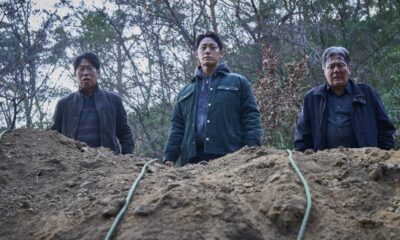
 News4 days ago
News4 days agoThis Horror Film Just Derailed a Record Held by ‘Train to Busan’
-
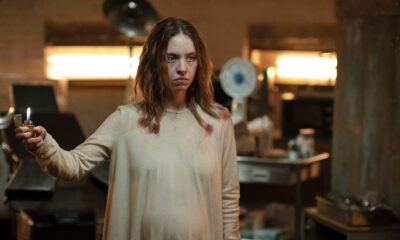
 Movies4 days ago
Movies4 days agoWatch ‘Immaculate’ At Home Right Now
-

 News3 days ago
News3 days agoHome Depot’s 12-Foot Skeleton Returns with a New Friend, Plus New Life-Size Prop from Spirit Halloween
-

 News5 days ago
News5 days agoRead Reviews For ‘Abigail’ The Latest From Radio Silence
-

 News2 days ago
News2 days agoWoman Brings Corpse Into Bank To Sign Loan Papers
-

 News5 days ago
News5 days agoMelissa Barrera Says Her ‘Scream’ Contract Never Included a Third Movie
-
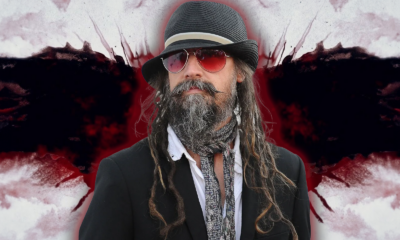
 Editorial5 days ago
Editorial5 days agoRob Zombie’s Directorial Debut Was Almost ‘The Crow 3’
-
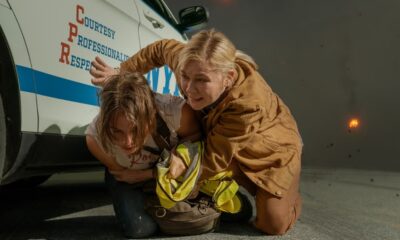
 News4 days ago
News4 days agoA24 Joins Blockbuster Movie Club With Their Biggest Opening Ever
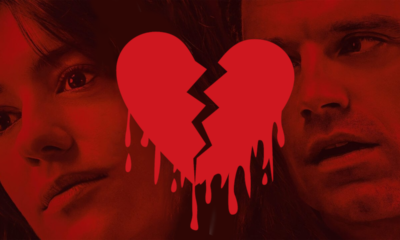

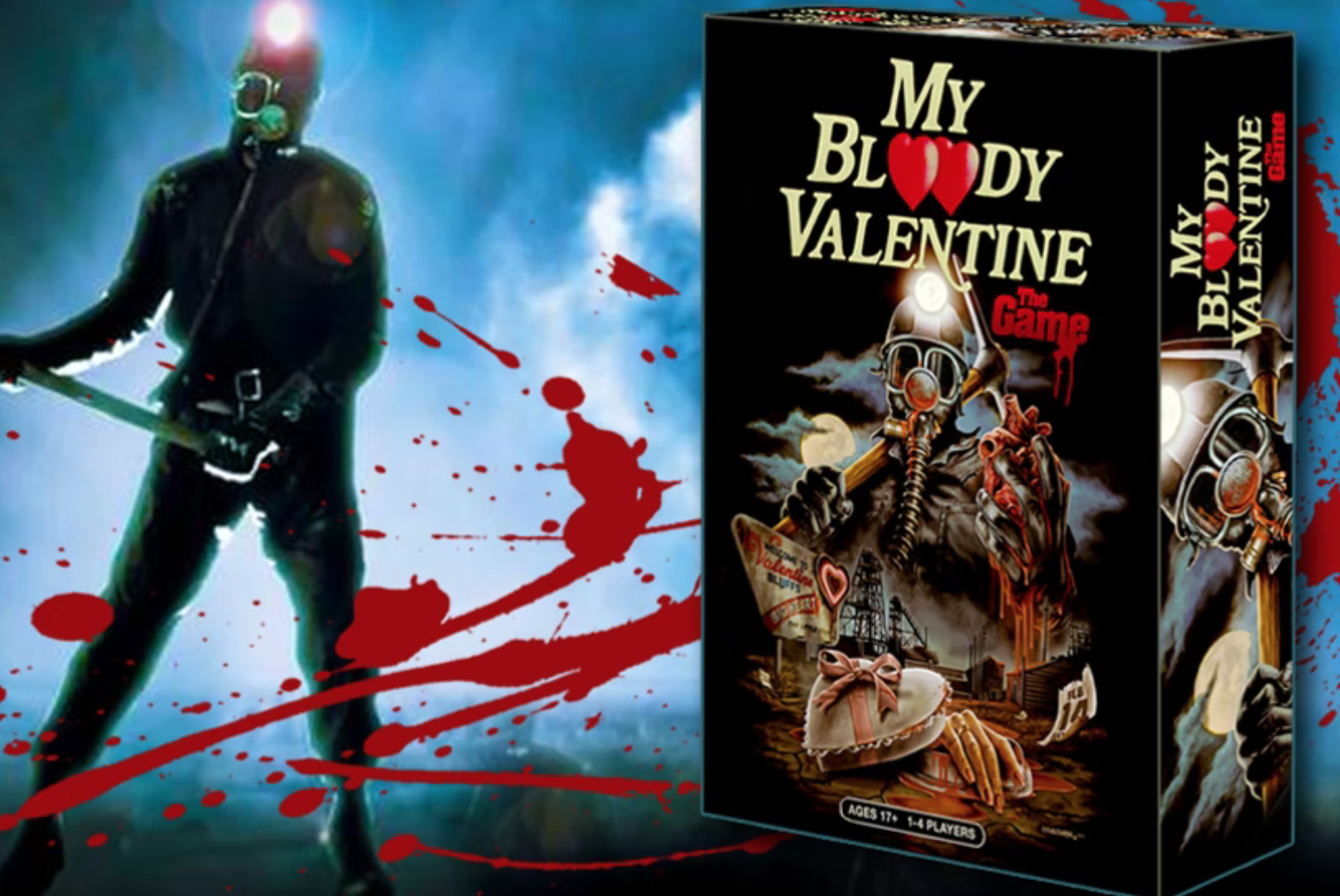
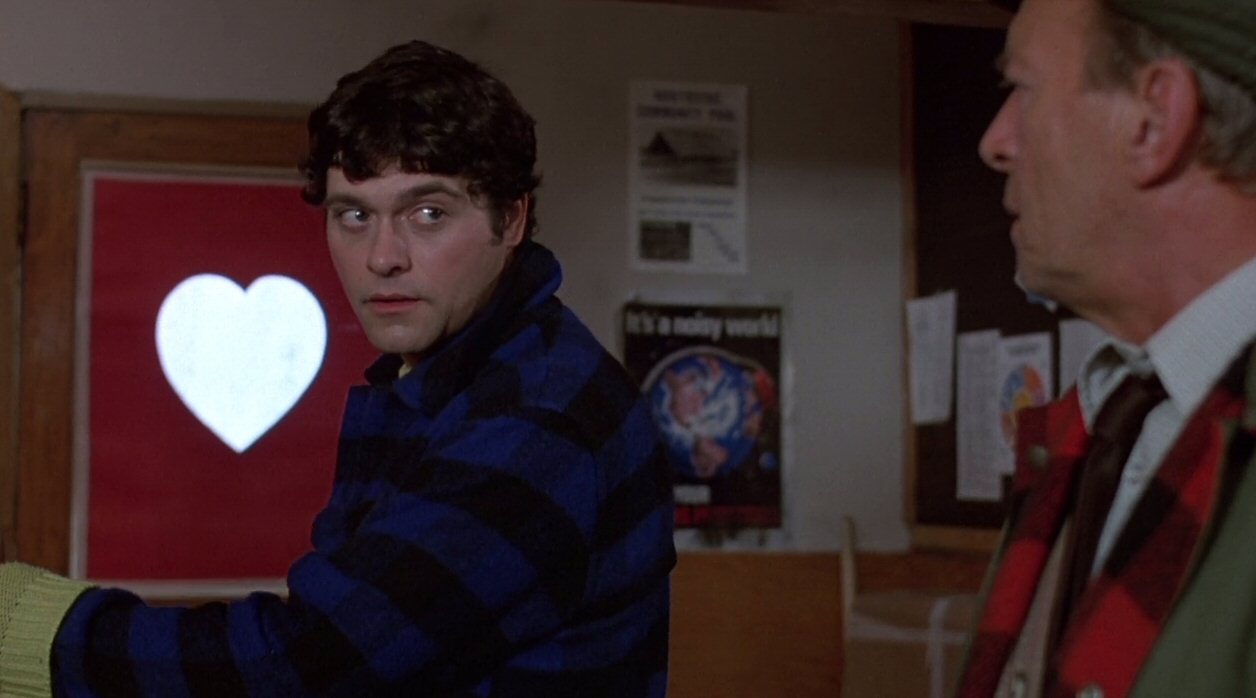






















You must be logged in to post a comment Login